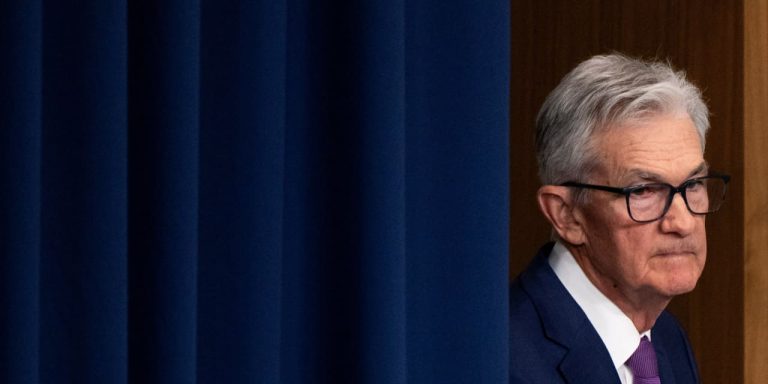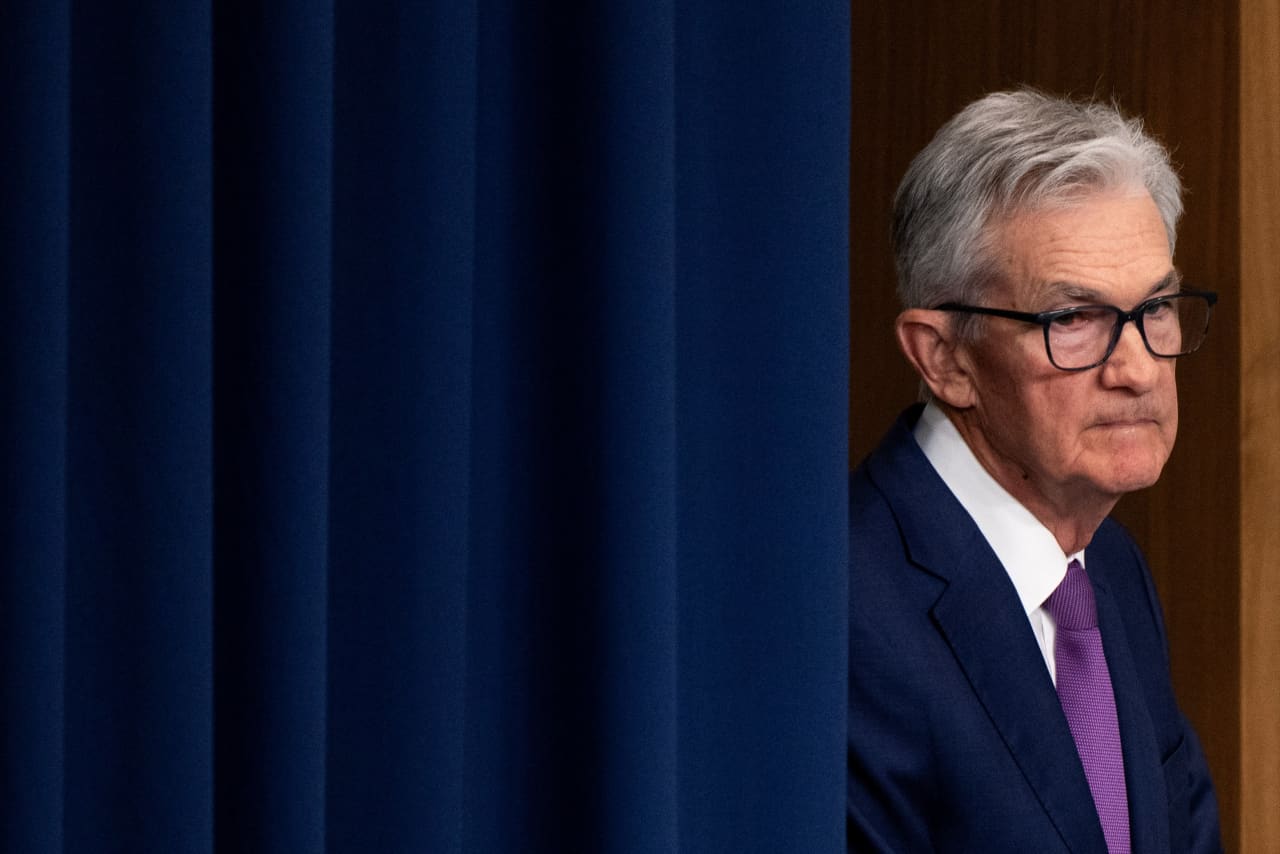More Federal Reserve officials are worried about cutting interest rates too quickly than about slowing too much, according to minutes of the Fed's late January monetary policy meeting, released Wednesday.
The meeting minutes said that “most” officials noted the risks of moving too quickly to cut interest rates and wanted to carefully evaluate the data to make further progress on inflation.
Two officials cited downside risks to the economy from taking an “overly restrictive stance for too long.”
The tone of the minutes was cautious on inflation, despite progress over the past six months.
The minutes stated: “Some participants pointed to the risk that progress towards price stability would falter.”
Officials said there was uncertainty about how long the restrictive policy stance should last.
At the meeting held on January 30-31, the Federal Reserve decided to keep the benchmark interest rate in a range of 5.25% to 5.5%.
Voting Fed members said they did not expect it would be appropriate to lower the target interest rate until they “gain greater confidence that inflation is moving sustainably toward 2%.”
Fed Chairman Jerome Powell took the March rate cut off the agenda in his press conference after the January meeting.
Economists are now debating whether the first rate cut will come in May or June.
Traders in derivatives markets see a 30% chance of a rate cut in May and an 80% chance of a move in June. They expect cuts of four points by the end of the year.
Before the Fed's January meeting, market participants were anticipating six rate cuts starting in March.
Some commentators, particularly former Treasury Secretary Larry Summers, said they saw little chance that the next step would be to raise interest rates.
Uncertainty was also the subject of the minutes.
Officials saw the risk that demand would be stronger than expected.
Several Fed officials cited the risk that financial conditions “were or could” become less restrictive, which could stoke growth and stall progress on inflation.
But they also pointed to downside risks from geopolitical risks and weak household balance sheets.
Some officials expressed hope that the data would cooperate with stronger growth and weaker inflation in the future.
Fed staff have placed some weight on the possibility that further progress on inflation will take longer than expected.


